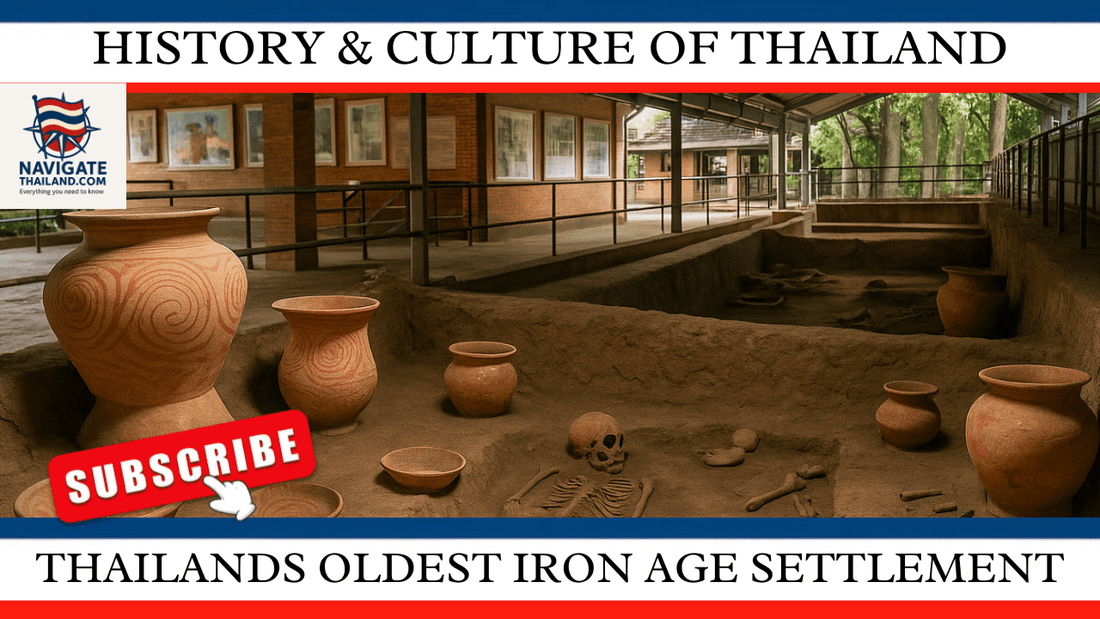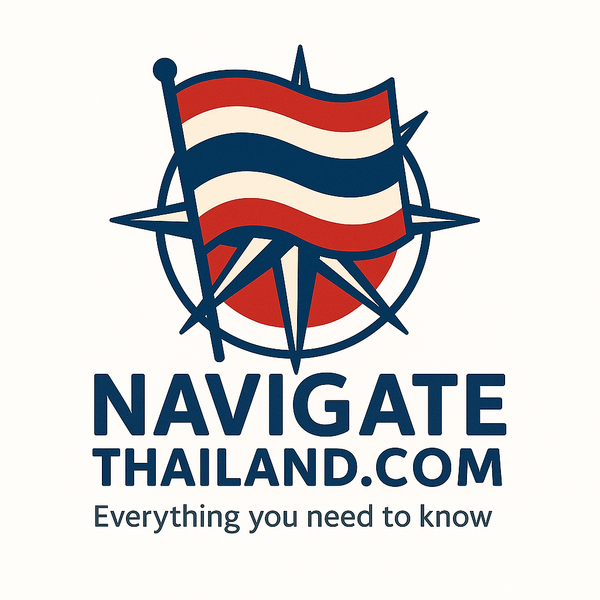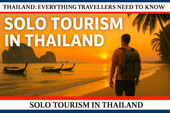
Ban Chiang: Inside Thailand’s Oldest Iron Age Settlement
Share
What if we told you the roots of Thai civilisation stretch back 5,000 years?
Tucked away in Thailand’s northeastern province of Udon Thani lies Ban Chiang — a village that stunned the world when archaeologists uncovered one of Southeast Asia’s most important prehistoric sites.
Pottery, bronze tools, iron weapons, ancient burial sites — Ban Chiang rewrote Thai and regional history, revealing a sophisticated society that thrived well before Angkor, Ayutthaya, or Sukhothai ever rose.
Here’s why every culture-loving traveller should put Ban Chiang on their 2025 bucket list.
WHAT IS BAN CHIANG?
Ban Chiang is a UNESCO World Heritage Site and the most significant prehistoric settlement ever discovered in Thailand.
It was inhabited from the Neolithic period through to the Iron Age — around 2100 BCE to 200 CE — and offers rich insight into early agriculture, metalworking, and social rituals in Southeast Asia.
Why it matters:
- First widespread use of bronze metallurgy in the region
- Advanced knowledge of farming and irrigation
- Complex burial practices, showing social structure
- Thousands of pottery pieces with distinct red swirl designs
FUN FACTS ABOUT BAN CHIANG
- Discovered by accident in 1966 when an American student tripped on a tree root and noticed exposed pottery fragments.
- UNESCO World Heritage status was granted in 1992.
- Ban Chiang pottery is famous for its red-on-buff spiral motifs, still replicated by artisans today.
- Early use of iron tools here suggests the region was more advanced than previously thought.
WHAT TO SEE AT BAN CHIANG IN 2025
1. Ban Chiang National Museum
Your first stop. The museum displays hundreds of original artefacts:
- Bronze bracelets, spearheads, and farming tools
- Buried skeletons with offerings
- Rare complete pots and decorative pieces
- Multimedia exhibits explaining the Iron Age timeline
✅ New for 2025: Improved English signage and digital screens make the museum more accessible than ever.
2. Wat Pho Si Nai Excavation Site
Just a short walk from the museum, this open-air structure shelters the actual dig site. You’ll see real skeletal remains, laid out exactly as they were found — often with bronze items or pottery beside them.
3. Ban Chiang Village Workshops
Meet local artisans who still handcraft pottery using traditional techniques. You can buy or even paint your own Ban Chiang pot as a cultural souvenir.
HOW TO GET TO BAN CHIANG
- Location: Nong Han District, Udon Thani Province (about 55 km from Udon Thani city)
-
From Udon Thani:
- Private taxi (~600–800 THB return trip)
- Songthaew (shared pickup truck) from Udon Thani bus station
-
Self-drive via Route 22 toward Sakon Nakhon
BEST TIME TO VISIT
- Dry season (Nov–Feb) offers cooler temperatures and clear skies
- Arrive early to beat the heat and get the best light for photography
- Museum open Tues–Sun, 9:00 am – 4:00 pm (closed Mondays)
- Entry: 30–150 THB depending on nationality
TIPS FOR CULTURE LOVERS
✅ Hire a local guide for deeper context
✅ Ask about local Isaan history — many residents have family ties to past generations of potters
✅ Combine with a visit to Red Lotus Lake (Talay Bua Daeng) for a full-day trip in Udon Thani
WHAT BAN CHIANG TELLS US ABOUT THAILAND’S PAST
Long before royal kingdoms and Buddhist temples, Thailand was home to innovative, resourceful Iron Age communities.
Ban Chiang shows us that the Thai cultural identity didn’t begin in a palace — it began in rice fields, workshops, and spiritual burials.
This is where Thailand’s story truly begins.
Explore Thailand’s Deepest Roots
Download our History & Culture of Thailand eBook or shop the Thai Culture Guide Bundle, which includes Travel guides, Sak Yant tattoos, ancient empires, and Thai etiquette.
Travel back 5,000 years — without leaving 2025.
Discover our Thailand guide series:

Find out more about our Thai Culture & Travel guide collection here.
Explore Thailand with our Tailored Itineraries bundle.

Explore Thailands best and unexplored islands with our Island-hopping Thailand collection.




















































































































































